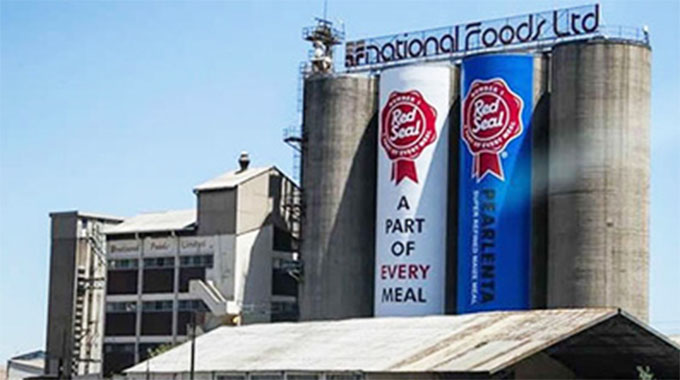COP26’s methane pledge will not derail Zim gas project

Business Reporter
The new global methane pledge seeking a 30 percent reduction in mathane gas emissions by 2030, will not affect the implementation of the Shangani Energy Exploration (SEE)’s US$800 million project in the Matabeleland North Province, the company has said.
Last week, world leaders at the COP26 in Scotland pledged to cut methane gas emissions by adopting engineering methods and technologies that minimises or eliminate methane gas leaks from oil and gas wells, pipelines and other fossil fuel infrastructure as part of efforts to combat climate change.
SEE is 90 percent owned by China’s Sinosteel Corporation, which is also the majority shareholder in Zimasco, one of the largest ferrochrome producer in Zimbabwe
“The Shangani Energy Exploration project will take full cognisance of this pledge and implement global standards to minimise and or eliminate methane gas emissions in the design and execution of this project,” Ms Clara Sadomba, Zimasco spokesperson said.
“Zimasco is cognisant of the new global methane pledge that calls for at least a 30 percent reduction in global methane gas emissions from human activity by 2030.
“The COP26 methane pledge will not be a major hurdle in terms of project implementation in view of the fact that the pledge is associated with limiting unwanted emissions, which may occur when methane gas is being used for production purposes.”
Ms Sadomba said its coal bed mathane project will use methane extracted from underground in the production of various products such as fertiliser, liquid natural gas for fuelling haulage lorries converted to dual fuel thereby replacing diesel and power station fuel for electricity generation.
SEE expects to start a pilot coal bed methane gas extraction in Lupane district, about 600 km west of Harare, by 2024, where the company intends to build a 400 megawatt power plant.
The company will invest nearly US$800 million to extract methane gas, also used in automobiles as petrochemical fuel, to fire a 400 MW power plant to be built over 10 years.
In addition to power generation, an integrated petrochemical industry will be established with the creation of new jobs while encouraging new business formations. The whole CBM industry has the potential to create an economic boom for Zimbabwe.
SEE resumed exploration exercise last month after works had been stopped due to lack of funding.
The current phase of exploration will see core drilling of one hole on each of the special grants (SGs) planned at various approximate depths being at least 600 metres on first special grants, 1 000 metres on second special grants and 450 metres of third special grants.
Last year, Zimbabwe granted coal bed methane gas to six companies to explore coal bed methane in Lupane, Gwayi and Hwange as it seeks more investment into the sector. Among the companies that were granted concessions are Sakunda Holdings and Tumagole of South Africa. Zimbabwe is said to have huge untapped coal bed methane, but its commercial viability has not yet been supported by geological information.
Over the years, drilling and desorption tests have been conducted and resources that run into trillion of cubic feet have been discovered, Government’s geological department said.








Comments